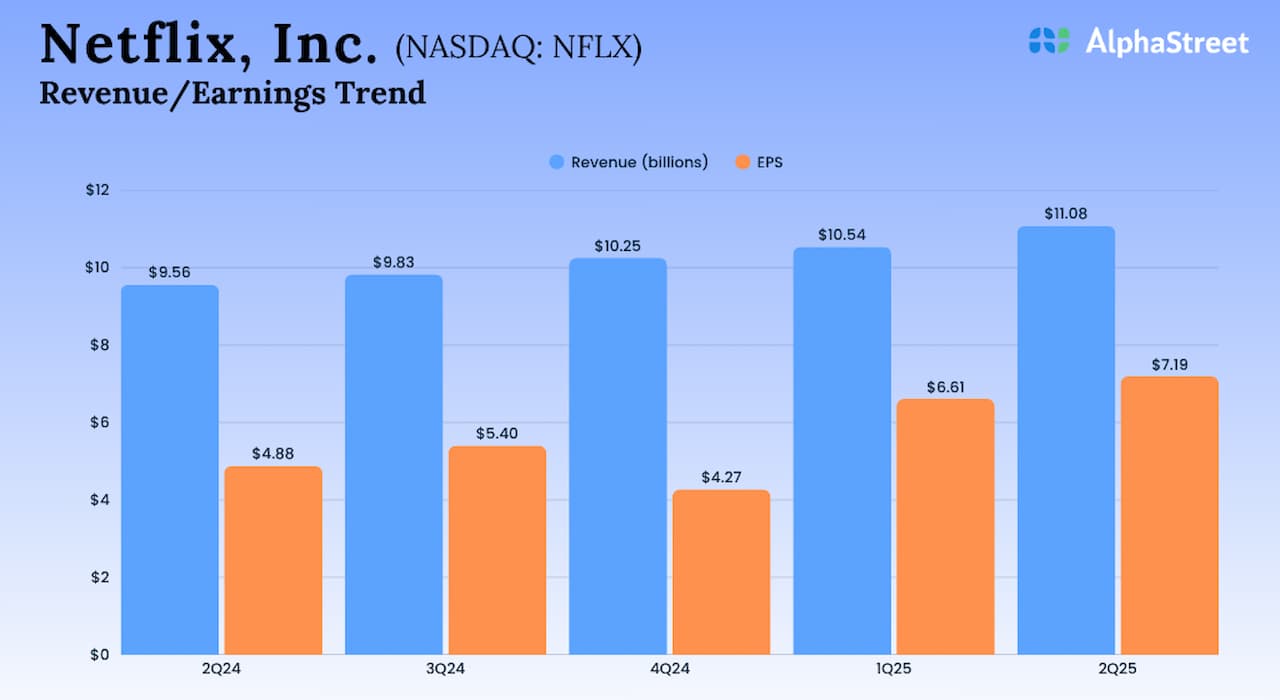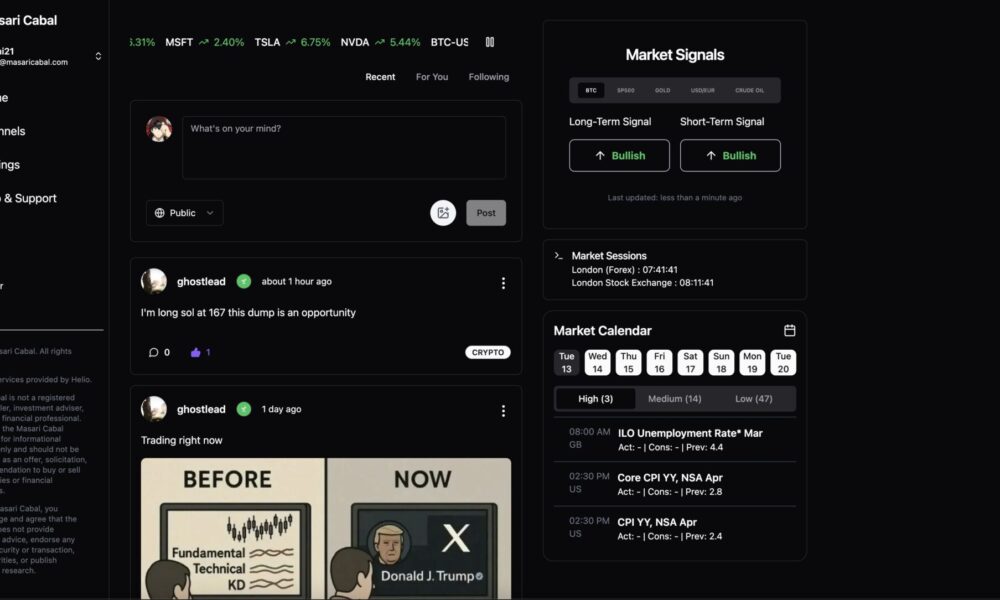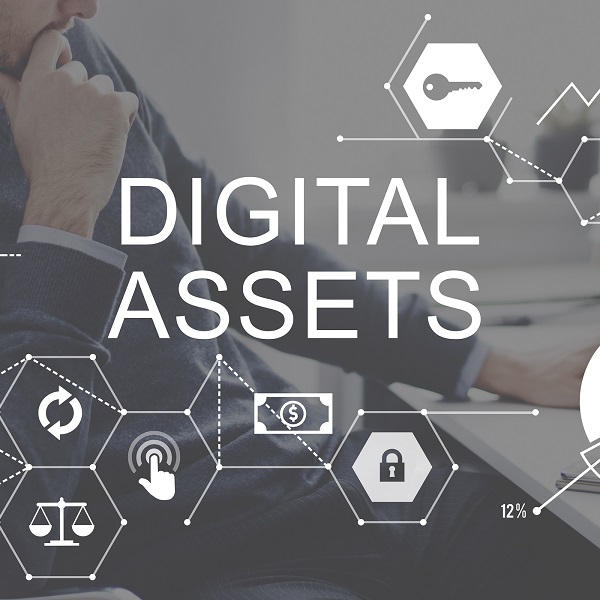The ability for investors to earn income on crypto assets is a big draw to the world of decentralized finance, aka DeFi. Michael Nadeua looks at ETH staking and what 2024 may hold in store.
Scott Sunshine tackles the topic of why learning about this asset class is challenging and ways to overcome that hurdle.
Happy reading.
– S.M.
You’re reading Crypto for Advisors, CoinDesk’s weekly newsletter that unpacks digital assets for financial advisors. Subscribe here to get it every Thursday.
The ETH Stake Rate in 2024: What Advisors Need to Know
The ETH stake rate is the heartbeat of the Ethereum Network. As we head into 2024, the new standard is poised to catalyze a new era in yield-based financial products.
Background
The ETH stake rate = the yield that the nearly 900,000 validators (who approve transactions) receive for “staking” their ETH within the network. The yield is comprised of consensus rewards + user fees.
Consensus rewards = tokens issued by the network to incentivize a decentralized network of validators.
Transaction Fees = fees paid (in ETH) by users to access services within the network.
Below is a visualization of the fees vs consensus rewards (token incentives) over the last year.
As we can see, transaction fees (purple) have exceeded rewards for the better part of the year – the sign of a healthy network that can economically support its decentralized network of validators with user fees – rather than consensus rewards (as is the case for every other L1 network today).
If you were a “staker” (i.e. validator of network transactions), over the same period, below is what your yield looked like.

As we can see – the yield peaked at over 8% in May and bottomed around 3.5% in October over the last year.
We can also see that the peaks and troughs correspond with the highs and lows in transaction fees on the network — which is why we refer to the stake rate as “Ethereum’s heartbeat.”
The first peak in the spring of 2023 corresponded with the Silicon Valley Bank crisis. The second peak in May was due to a pike in DeFi trading. And the recent uptick is due to renewed interest in crypto as we (hopefully) head out of the bear market.
CESR
Coindesk recently released “CESR” – designed to provide participants in the Ethereum ecosystem with a standardized benchmark rate for staking and a settlement rate for derivatives contracts.
Standardizing the ETH stake rate calculation with “CESR” may seem inconsequential, but we think it could catalyze a benchmark rate for all of crypto — and spark a frenzy of new financial products built “on top” of the new standard.
Standards: Why CESR is Important
Interest rates are the backbone of finance. Interest rate standards such as LIBOR, SOFR, and the Fed Funds Rate are the foundation upon which trillions worth of financial products are built.
The creation of a standard benchmark rate for the Ethereum ecosystem could be the first step toward the formation of a forward yield curve for DeFi – similar to the role that treasuries play in the traditional markets.
Furthermore, the creation of interest rate swaps (the largest derivative markets in the world) could allow users to swap fixed and floating liabilities, making fixed-rate products possible – as we see with mortgages in traditional markets. Introducing interest rate swaps in DeFi would not only unlock fixed-rate products, but could open up a floodgate of new participants ranging from sophisticated speculators to institutions and retail investors.
Finally, with the potential for a Bitcoin ETF approval next year, it’s reasonable to foresee an ETH ETF in the future. Investors will likely demand a total return ETH ETF powered by standardized staking rates.
Looking Forward to 2024
The approval of a Bitcoin ETF next year could be the catalyst for renewed interest in crypto. In fact, we’re already seeing the green shoots of this. If you’re an advisor, you should expect your clients to start asking about Ethereum – the second-largest network by market cap – and the only crypto network with a positive real yield.
Eigen Layer & Re-Staking
We’re expecting “re-staking” to become a hot topic next year – thanks to the introduction of Eigen Layer, a new protocol within the Ethereum ecosystem that allows layer-2 networks (Ethereum scaling solutions) to “rent” economic security from the more decentralized and secure Ethereum network. This creates opportunities for investors to “re-stake” their ETH, earning additional yield – while taking on additional smart-contract risk.
We think “re-staking” could catalyze the next leverage cycle in crypto and play a significant role in the next bull market.
The future of finance is here. And it all starts with the ETH stake rate.
– Michael Nadeau, Founder, the DeFi Report
Ask an Expert
Q. Why are Advisors Reluctant to Dip Their Toes in the Crypto Pool?
Financial advisors’ reluctance to invest in crypto is similar to their historical hesitation towards recommending emerging non-correlated asset classes to their clients, including alternative investments like hedge funds, private equity, and venture capital.
In recent years, however, many advisors have incorporated these asset classes into portfolios as investors seek broader exposure, non-correlated investments, and a potential for higher returns. This shift reflects a recognition of these asset classes’ benefits and a willingness to explore more diverse investment options.
Over time, as the market matures and regulatory frameworks develop, attitudes toward crypto will likely evolve as a better understanding of risk, transparency, and potential returns emerges.
Q. How Can Advisors Better Familiarize Themselves with Cryptocurrency?
1. Education: Learn about blockchain technology, how crypto works, and the different types of cryptocurrencies available.
2. Stay Informed: Keep up with news and developments in the crypto space. Read reputable sources and stay informed about market trends.
3. Network: Connect with professionals involved in the crypto space. Networking can offer practical insights and the opportunity to learn from others’ experiences.
– Scott Sunshine, Managing Partner, Blue Dot Advisors LLC
Keep Reading
Asset tokenizaton takes a $4 billion step forward.
Google announced updated search policies to include crypto in preparation for January surge in searches.
Moving forward, BlackRock’s Bitcoin ETF Now Invites Participation From Wall Street Banks.
The views and opinions expressed herein are the views and opinions of the author and do not necessarily reflect those of Nasdaq, Inc.







































